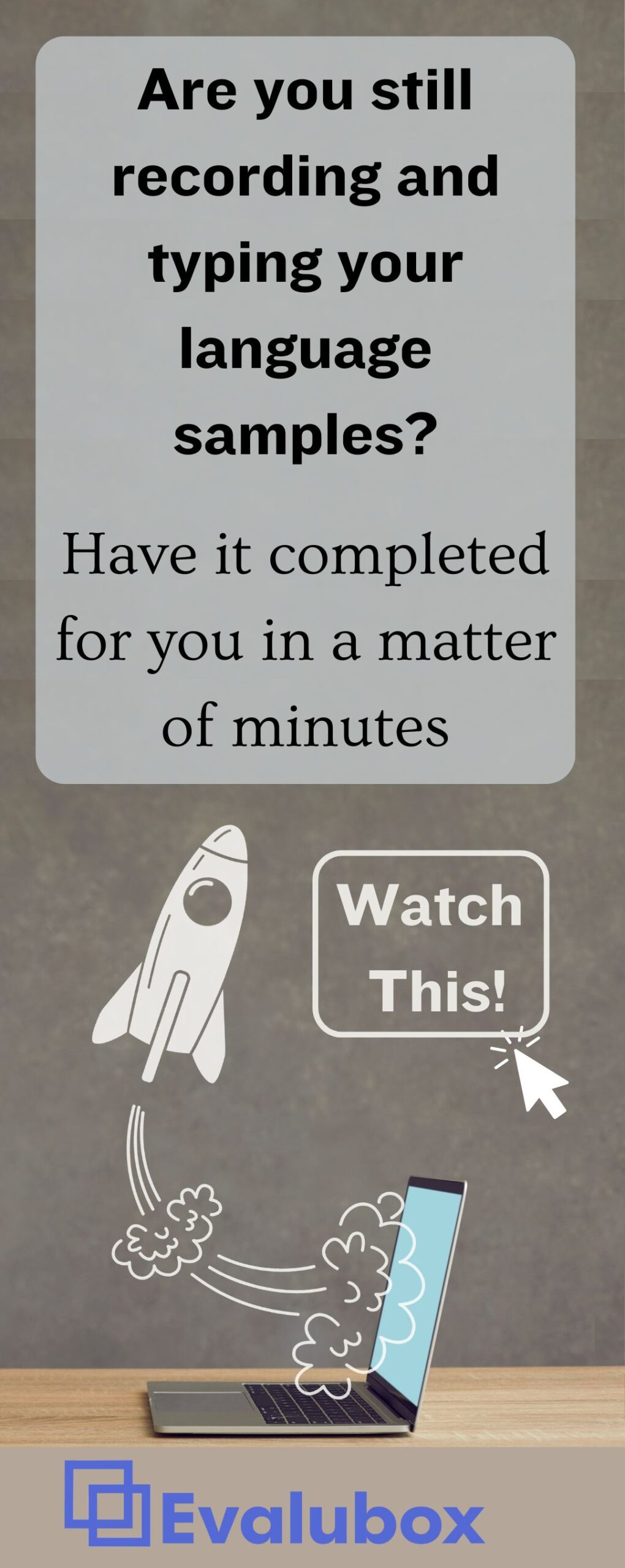What story-telling elements do all cultures share? The narrative styles of children from English-speaking and Spanish-speaking homes vary from culture to culture. How a child tells a story, includes details, and conveys meaning is influenced by language, social class, and beliefs (Shiro, 1998). As educators we rely heavily on narrative abilities when assessing our students’ skills. We ask children to tell us about events, retell stories, write about events in their journal, and answer questions about stories. We then analyze and judge the grammar and content of their story, the order of events, the semantic complexity, and the narrative elements.

How do we decide if narrative difficulties are due to an impairment, second-language influence or cultural difference?
Consider that a child’s stories may be different than we expect because his culture and life experiences have taught him a different script. We can answer this question by identifying story elements that ARE and ARE NOT shared.
Narrative Elements that are Common to Most Cultures
The aspects of discourse and manner of oration that a speaker employs to tell his or her story vary from culture to culture. Initiating events, attempts, consequences, and resolutions are episodic features that are common to most languages. On the contrary, the uses of an internal response, discourse markers, or acting as either a listener or participant, are all culturally specific. These aspects appear in a language due to their strength and validity. Here are two quick reference charts with narrative abilities that most cultures share and those that may be different:
Narrative, Story-telling Elements are Common to Most Cultures
|
|
Definition |
Example (3 Little Pigs) |
|
Initiating Event | The incident which introduces the central conflict in a story; | Mom said it was time to live on their own. |
|
Attempt | The protagonist’s attempt to solve the problem. | The 3 pigs attempted to build houses. |
|
Consequence | The results of the attempt (i.e. whether or not the goal was attained). | The houses were built. |
|
Resolution | Whether or not the super-ordinate problem was resolved. | A house’s strength/value was proportionate to the effort put into building it |
|
Setting | The physical or temporal context of the story. | The country. |
Narrative, Story-Telling Elements that are Culturally Specific
|
Narrative Element |
Definition |
Example (3 Little Pigs) |
|
Internal Response |
An emotional response to the initiating event |
The pigs were scared at the prospect of having to leave home. |
|
Discourse Markers |
A word or phrase that does not change the meaning of the sentence. |
“well,” “now,” “then,” “you know” |
|
Embedded stories |
Flashbacks and other editing cues that may impact the viewing experience. |
The pigs had built their houses based on something that had happened to their father. |
|
Causal Relations |
The relationship between an event (the cause) and a second event (the effect). |
The wolf blew the straw house down so the pig ran as fast as he could to his brother’s house. |
|
Causal Chain |
A series of causal events that lead from beginning to end. |
Story progressed from the straw house, then the stick house, and finally the brick house. |
|
Protagonist Identification |
Identification of the main protagonist in the story within the first scene of the program. |
Once upon a time there were 3 little pigs… |
Understand how culture influences story-telling and easily see why a child is not producing or recalling stories as we would expect.
The narrative style that one would like a child to adopt needs to be meaningful and useful. The child needs frequent exposure, in different tasks, and most importantly the tasks have to have value to the child. A child will produce a fictional or personal story that imitates the stories that he or she has been exposed to throughout life. Labeling or devaluing a narrative creation because it is not mainstream puts the child and the institution at a disadvantage. Instead, a child’s story can be celebrated and aspects that are academically required, but not present, can be added to the abilities that already exist.
References
- Shiro, Martha Klein (1998). A discourse analysis approach to evaluate stance in Venezuelan children’s narratives. Dissertation Abstracts International: Sediton B: the Sciences and Engineering. Vol. 58 (8-B),




